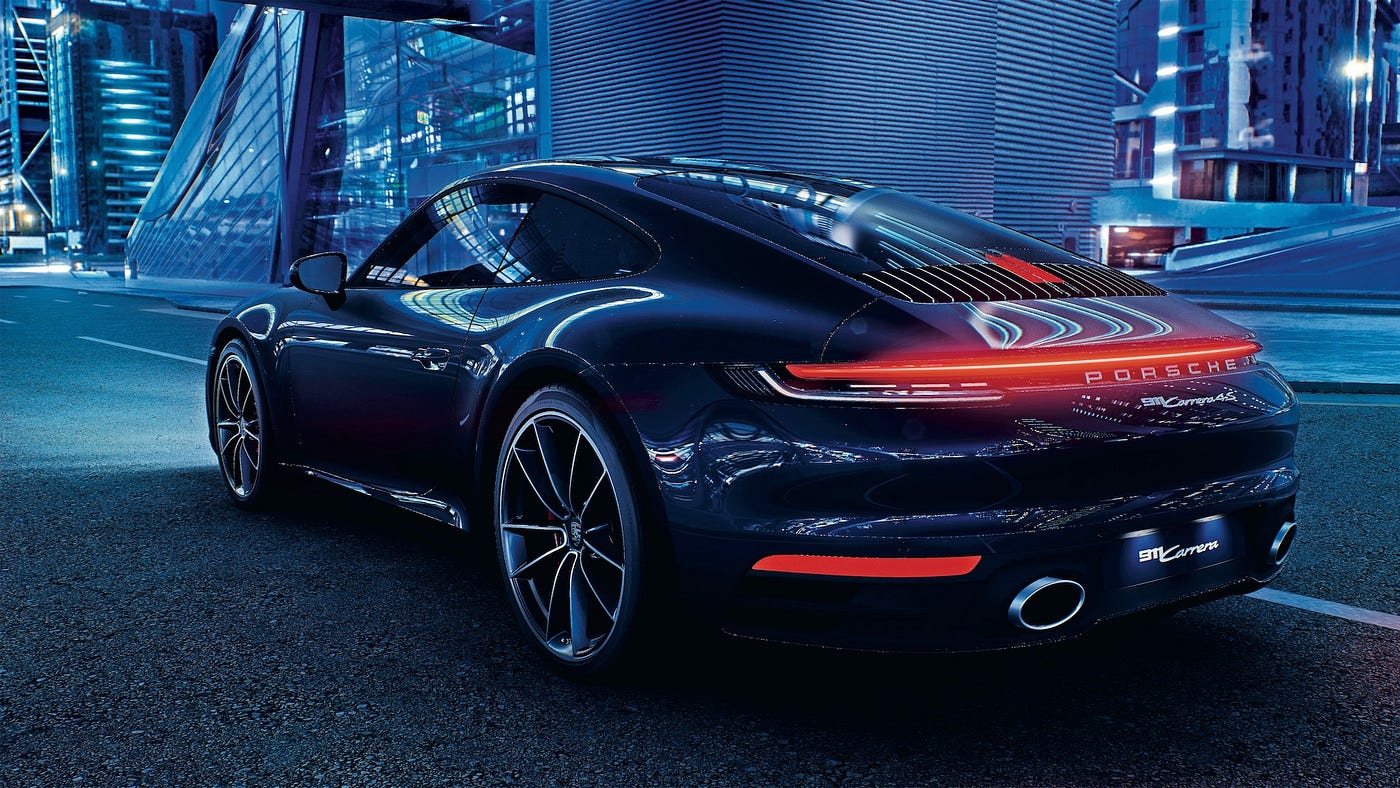Sports cars have always been synonymous with speed, power, and exhilaration. Over the years, automotive engineers and designers have continuously pushed the boundaries of what is possible, resulting in groundbreaking innovations and performance breakthroughs. In this article, we delve into the latest advancements that are revolutionizing sports cars, bringing a new level of excitement to driving enthusiasts around the world.
The Rise of Electric Power
Shifting Paradigms: Electric Sports Cars
The automotive industry is experiencing a paradigm shift, with electric power taking center stage. Electric sports cars have emerged as a new breed of high-performance vehicles, challenging the traditional notion that speed and performance are exclusive to internal combustion engines.
Instant Torque and Acceleration
One of the key advantages of electric sports cars is their ability to deliver instant torque and acceleration. Unlike their combustion counterparts, electric motors generate maximum torque from the moment they start. This translates to lightning-fast acceleration, propelling drivers from 0 to 60 mph in a matter of seconds.
Enhanced Handling and Dynamics
Electric sports cars are not only fast in a straight line but also offer enhanced handling and dynamics. With advanced torque vectoring systems and precise power distribution to each wheel, electric sports cars can maintain optimal grip and maneuverability, providing drivers with unparalleled control and confidence on the road or track.
Advanced Lightweight Materials
Carbon Fiber Reinforced Polymers (CFRP)
The use of advanced lightweight materials, such as carbon fiber reinforced polymers (CFRP), has revolutionized the construction of sports cars. CFRP offers exceptional strength-to-weight ratio, resulting in increased performance and fuel efficiency. Furthermore, these materials provide superior rigidity and structural integrity, enhancing the overall safety of sports cars.
Aluminum and Magnesium Alloys
In addition to CFRP, the incorporation of aluminum and magnesium alloys in sports car manufacturing has further reduced weight while maintaining structural integrity. These alloys offer excellent strength and durability, allowing automakers to create lighter yet robust chassis and body components. The result is improved handling, responsiveness, and overall performance.
Advanced Aerodynamics
Active Aerodynamic Systems
Sports cars are renowned for their sleek and aerodynamic designs. However, recent advancements in active aerodynamic systems have taken this to a whole new level. These systems dynamically adjust various elements, such as spoilers, air intakes, and diffusers, to optimize airflow and reduce drag. By adapting to changing driving conditions, active aerodynamics enhance stability, cornering performance, and top speed.
Ground Effects and Venturi Tunnels
Ground effects and venturi tunnels are aerodynamic features that create downforce by channeling airflow beneath the sports car's body. By effectively "sucking" the car to the ground, these features improve grip and stability, allowing drivers to push the limits of performance during high-speed maneuvers and cornering.
Smart Connectivity and Infotainment
Seamless Integration of Technology
Modern sports cars are not only about performance; they also offer an array of smart connectivity and infotainment features. From advanced driver assistance systems to intuitive touchscreen interfaces, sports cars have become high-tech hubs on wheels. Drivers can seamlessly connect their smartphones, access real-time data, and enjoy personalized entertainment options, all while experiencing the thrill of driving.
Telematics and Performance Monitoring
Telematics systems in sports cars allow drivers to monitor and analyze various aspects of their car's performance. Real-time telemetry data, including speed, acceleration, braking, and lap times, can be displayed and recorded, enabling drivers to fine-tune their driving techniques and track their progress over time. These systems provide valuable insights and enhance the overall driving experience.
Integration of Voice Control and Artificial Intelligence
Sports cars are embracing voice control and artificial intelligence technologies to enhance the user experience. Drivers can now use natural language commands to control various functions, such as adjusting climate settings, selecting music, or even querying information about their route. Artificial intelligence algorithms also enable the car's systems to learn and adapt to the driver's preferences, creating a personalized and intuitive driving environment.
Autonomous Driving Capabilities
Transitioning to the Future
While sports cars are primarily associated with the thrill of manual driving, autonomous driving capabilities are gradually making their way into the realm of high-performance vehicles. Advanced driver assistance systems, such as adaptive cruise control and lane-keeping assist, provide added safety and convenience during daily commutes or long journeys. This integration of autonomous features aims to strike a balance between driver engagement and assisted driving, offering a seamless transition between the two.
Enhanced Safety and Collision Avoidance
Autonomous driving technologies in sports cars are also focused on enhancing safety and collision avoidance. Through a combination of sensors, cameras, and sophisticated algorithms, these systems can detect and respond to potential hazards faster than human reflexes. Emergency braking, blind-spot monitoring, and pedestrian detection are just a few examples of how autonomous driving technologies contribute to safer sports car experiences.
Conclusion
The world of sports cars is undergoing a revolution, driven by innovative technologies and performance breakthroughs. Electric power is reshaping the industry, while advanced lightweight materials and aerodynamics are optimizing speed and agility. Smart connectivity and infotainment systems bring a new level of convenience and customization, while autonomous driving capabilities enhance safety and expand the possibilities of sports car ownership. With each new advancement, sports cars continue to captivate and inspire driving enthusiasts, ensuring that the thrill of the open road remains an exhilarating experience for generations to come.

Comments
Post a Comment